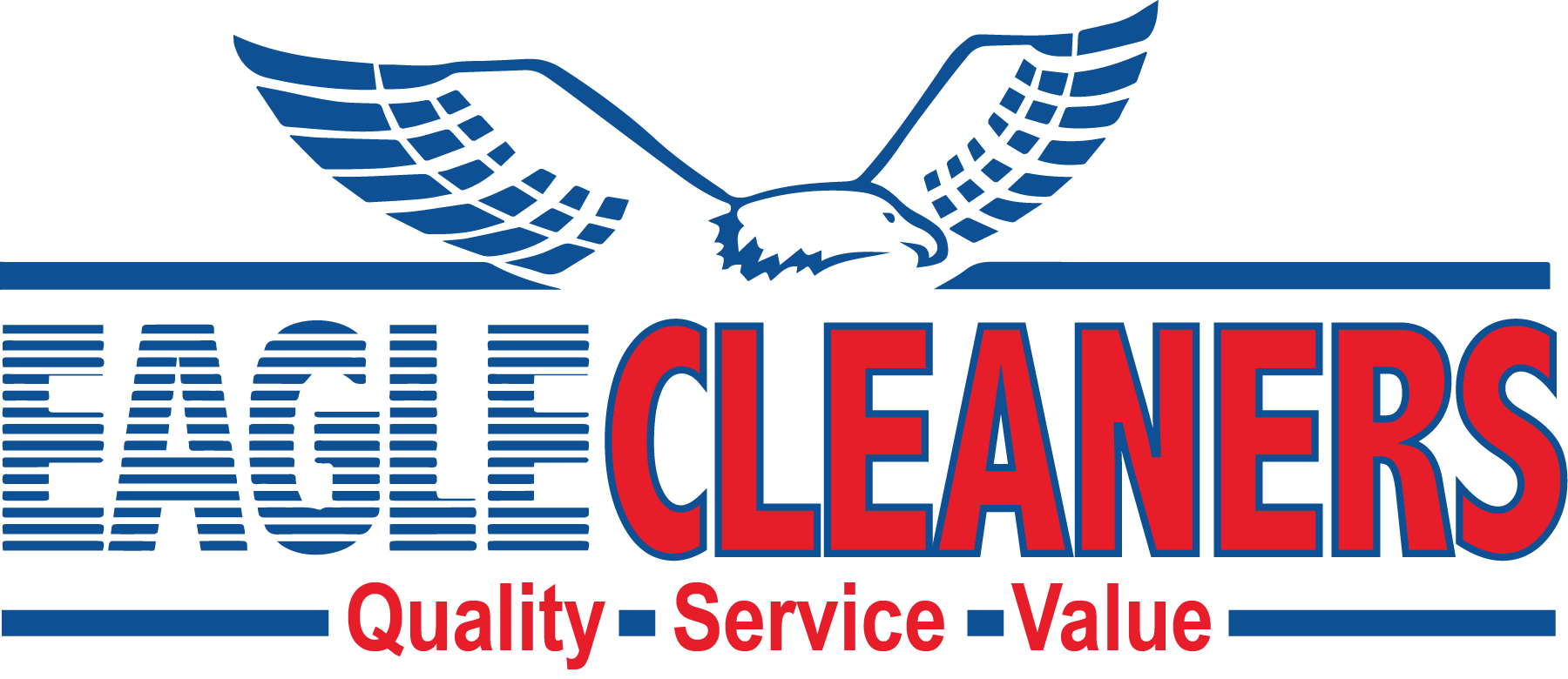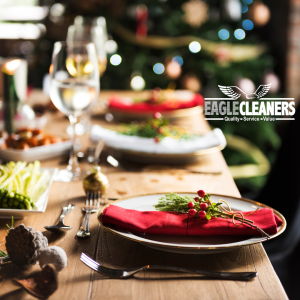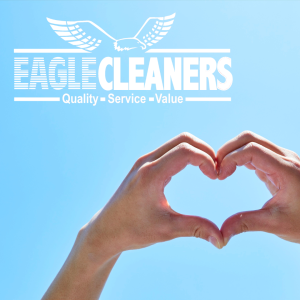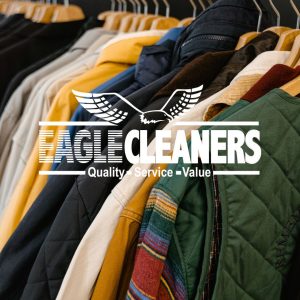In this blog post by Krussler Inc., they describe everything you need to know about dry cleaning – its origin, what it is, how their solvent works, etc. We are proud to partner with Kreussler Inc. to ensure we have the best products for our customers!
In 1821, Thomas Jennings patented a method for removing dirt and grease from clothing that would lead to the dry cleaning process used today. “An item in the New York Gazette from March 13 of that year announces Jennings’ success in patenting a method of “Dry Scouring Clothes, and Woolen Fabrics in general, so that they keep their original shape, and have the polish and appearance of new.”
But we will never know precisely what the scouring method involved.” from the Smithsonian.
Dry cleaning uses a solvent to dissolve stains and dirt on fabrics. Some chemicals used in dry cleaning are considered toxic by the EPA. There are alternatives to PERC making headway towards a safer way to dry clean such as SYSTEMK4, hydrocarbon, and professional wet cleaning.
What is Dry Cleaning?
Dry cleaning is a method of cleaning clothing that does not use water. Dry cleaning is a convenient and professional service that cleans garments you typically cannot wash at home. It typically involves a special solvent, detergent, and a dry-cleaning machine.
In the dry-cleaning process, garments are placed in a special programmable machine that regulates the temperature, textile chemistry, and times for the cleaning. Before going into the machine, garments will be checked for stains. Some stains will be pretreated before cleaning the garments. Unlike professional wet cleaning, where water is the solvent, the solvent primarily effectively removes oily/greasy stains in dry cleaning. “Soil that would wash away in wet cleaning needs special attention.”
Cleaning and drying clothes could not be easier to process with a dry-cleaning machine. Clothes are cleaned and dried in a straightforward machine; the machine processes garments from dirty to clean without water. The dirty solvent is collected, distilled, and purified to be reused for the next load.
How Does SYSTEMK4 Dry Cleaning Work?
Our experienced Research and Development chemists worked hard in our laboratories in Germany to create an alternative solution for dry cleaners that would clean as well as PERC without the negative attributes that make it unsafe. SYSTEMK4 was the answer!
Before launching at Clean Show in 2011, SYSTEMK4 was extensively tested in our labs in Germany, at a manufacturing plant in Italy, and with select dry cleaners in the United States. A global project from Germany to Italy to the United States ensured that thought leaders from R&D chemists to machine manufacturers to dry cleaners using solvents every day added their expertise to the final product.
SYSTEMK4 makes cleaning more accessible, more convenient, and more efficient.
SYSTEMK4 is an environmentally friendly and safe cleaning process. Its essential component is a halogen-free component, SOLVONK4. SOLVONK4 is non-toxic and highly effective.
SOLVONK4 is a powerful cleaning solvent that can match or exceed the cleaning performance of PERC. The product is not classified as either a hazardous material or a hazardous substance. The product is biodegradable and has been dermatology tested with the result: “Very Good.”
Types of Clothes that Can be Dry Cleaned
Dry cleaning is safe for almost all fabric types, and depending on the solvent being used most dyes and ornamentation, but ideally, the type of garments going into the dry-cleaning machine are the finer pieces like wool suits, sport coats, structured silk, and some rayon items. Garments worn directly against the body or made of cotton, linen, polyester, and blends generally contain more water-soluble soil and lend themselves better to professional wet cleaning or, in some cases, general laundry. In today’s modern dry-cleaning plants, the dry-cleaning machine is just one of many tools the cleaner has available to safely and effectively clean textiles.
Is Dry Cleaning Bad for the Environment?
Like all things we have adopted over time to address risks as our understanding of chemicals and their chronic characteristics improved. The cars we drove in the 60s and 70s are not as safe or environmentally friendly as the ones we drive today, the same is true for the professional textile care industry.
Dry cleaning is performed in a closed-loop sealed machine that captures and reuses up to 99% of the solvent being used. Modern dry-cleaning machines recycle cooling water, have efficient heating systems, and use very little energy to operate, giving them a small carbon footprint.
Any waste generated by cleaning clothes is captured, collected, and given to companies that recycle and convert it into energy.




